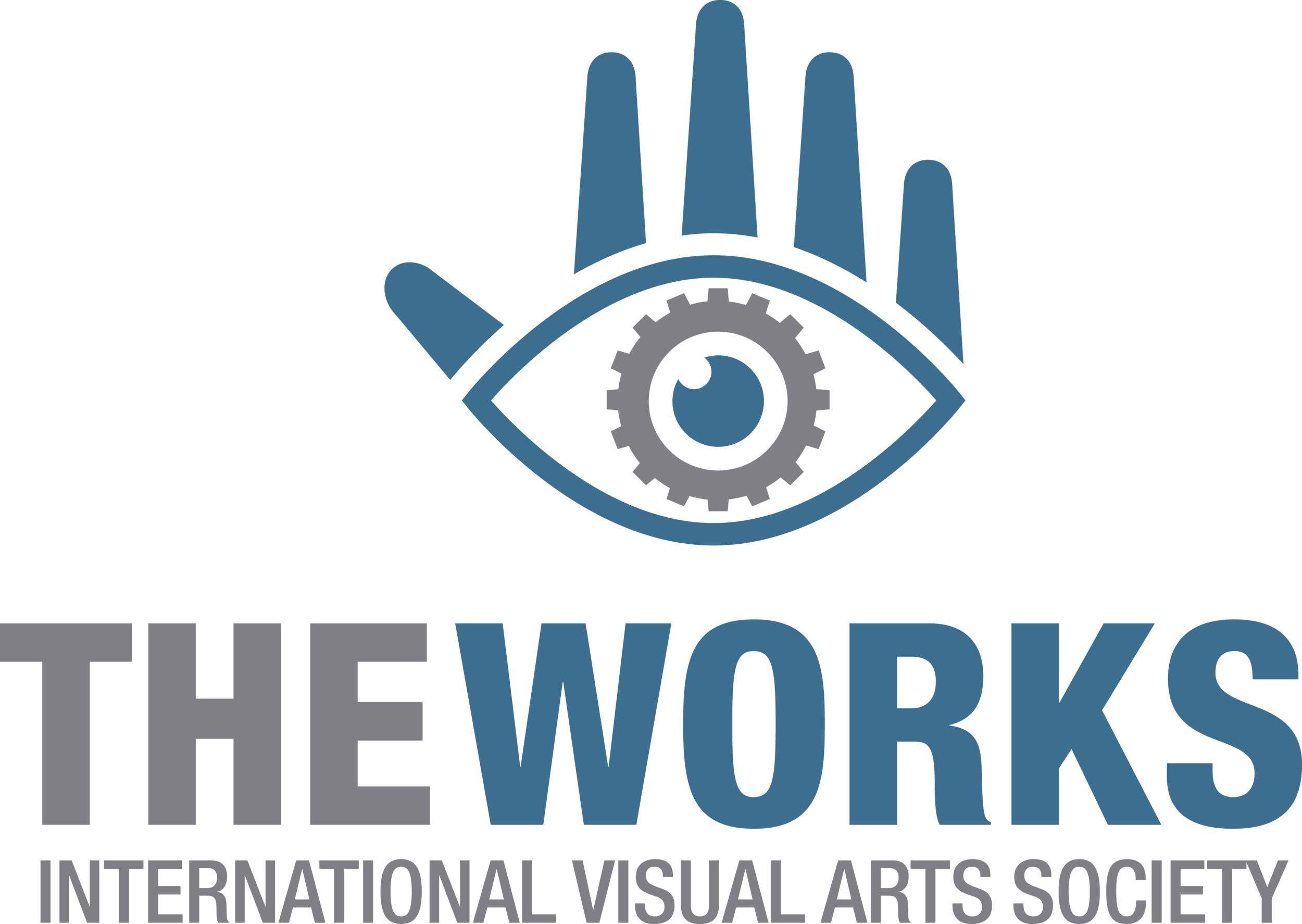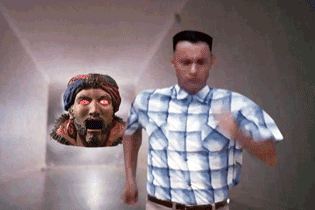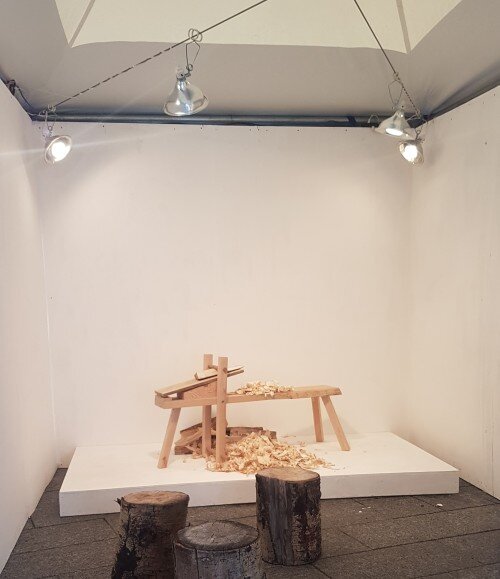In early 2021, The Works was tasked with adapting our volunteer art interpretation training program TART to a remote context. With fewer volunteer opportunities this year, the program was expanded from its traditional scope of volunteer training to a program for those interested in art interpretation, or early in their careers in fields requiring art interpretation and writing.
An online program seemed a given, but the question of platform and format were top of mind. This was when we came upon Twine: a platform for writing and coding interactive, text-based games. The prospect of an asynchronous, interactive game to deliver art interpretation education was appealing—in the throes of Zoom fatigue, we longed to interact with art interpretation remotely in a way that was low pressure yet still engaging.
We set to work adapting the program to Twine, and in early June launched Creative Outlet: Why is Writing About Art So Hard? Participants can choose their own paths through the text-based program, which alternates between critical exploration of the world of art writing, opportunities for writing practice and reading other participants’ responses, and more traditional role-playing game elements (drawing parallels between outlet malls and art institutions). The program also features video contributions by artists and writers Sanaa Humayun and Preston Pavlis reading selections from their writing and sharing advice. Play Part 1 of Creative Outlet here.
As Creative Outlet was developed, another mainstay of The Works’ programming required a remote-work facelift: the Works to Work Summer Internship Group Art Project. As part of the internship, which offers students and emerging arts professionals mentorship and practical work experience, the Group Art Project implores interns to collaboratively produce an artwork in a limited time frame. The Works to Work Summer Internship began remotely, and the assignment needed adaptation so interns could collaborate online to create their artworks. Twine once again proved a promising platform, where interns could be challenged to learn the program and combine artistic forces over only six hours.
In small groups, interns produced four excellent, unique and thoroughly entertaining Twine artworks. Explore these works below.
Desert Island Escape
Sean Herbert, Anica Neiman, and Paige Cooper
In this game you are faced with a series of choices to escape a desert island. On your journey will you encounter pirates, talking animals, or the witch named Greselda?
PLAY
Fortune of Fate
Ariadne Belle, Michael Conforti, and Terri Le Gear
You can’t run away from fate. A mysterious fortune awaits.
PLAY
Nomad's guide to the inner world
Caitlin Davis, Manpreet Singh, and Mika Haykowsky
This personality quiz will take you on a journey inward - toward the deeper meanings behind your behaviors and choices. Examine yourself and determine what your inner landscape looks like. Artwork created by Mika Haykowsky using photographs and drawing by all 3 contributors.
PLAY
the bridge
kev Liang and liisa otchie
You are on a long, straight, iron bridge, floating above a brown coloured river stream. At one end, you see tall skyscraping monuments towering over you. At the other end, you see clusters of greenery leading to the river. Where will your first adventure take you?










